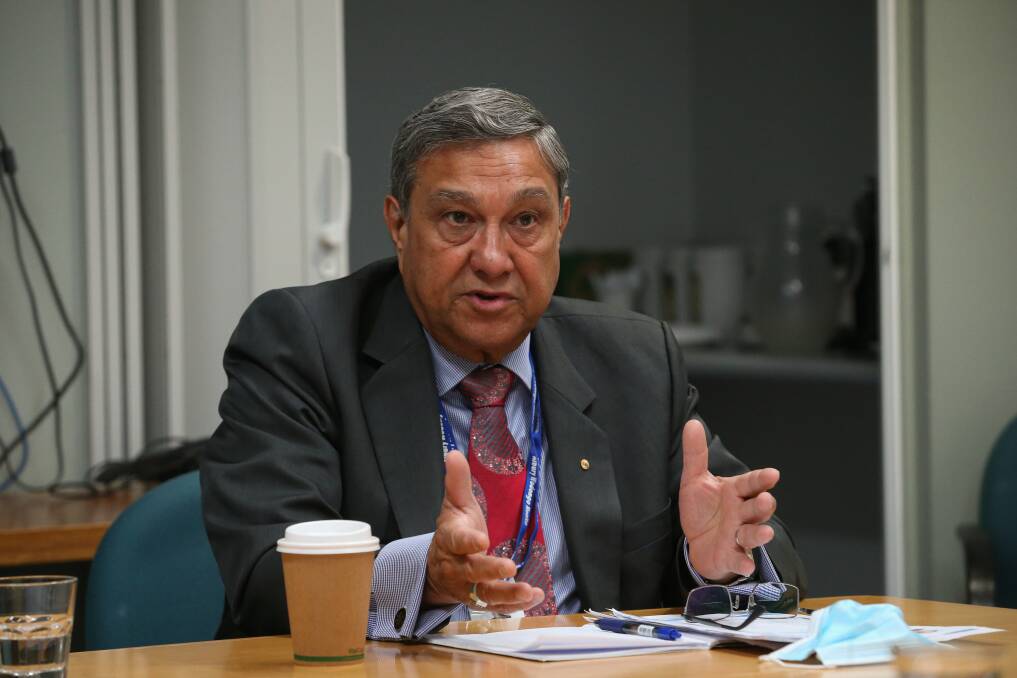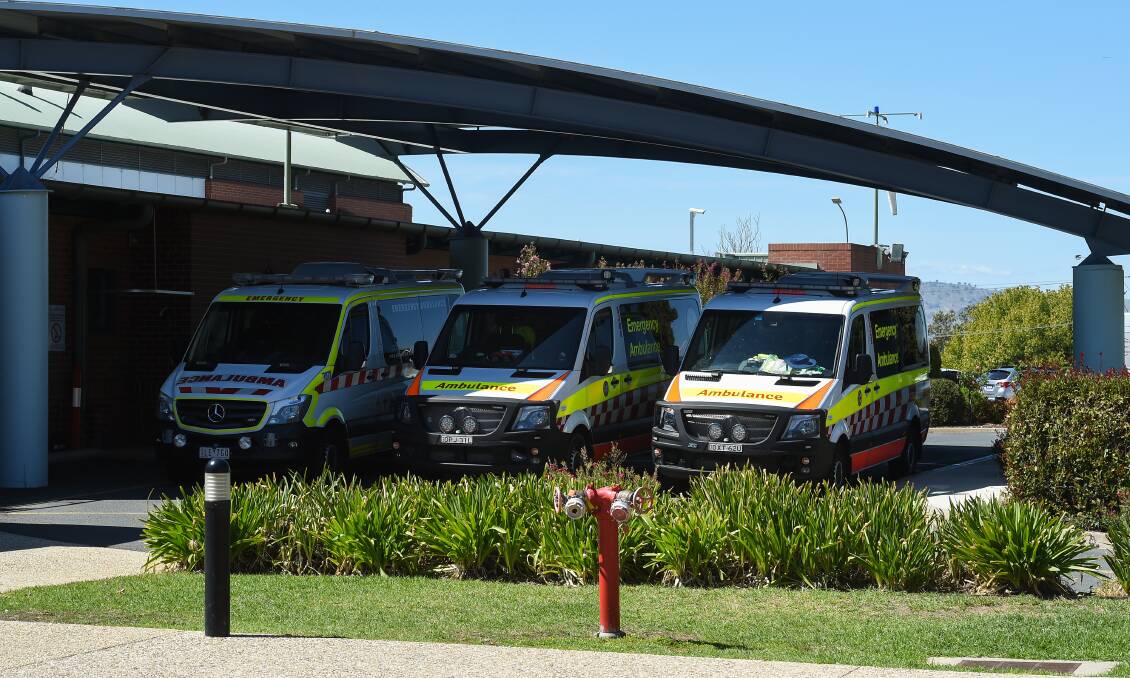
Albury Wodonga Health is experiencing more "code yellow" days and patients presenting to emergency departments following lockdown are "generally more unwell".
Subscribe now for unlimited access.
or signup to continue reading
AWH representatives addressed key figures in the health services' annual report at their annual general meeting on Thursday night.
Despite emergency activity decreasing in the first quarter of the 2020-2021 financial year due to COVID, overall there were almost 1500 more presentations to the ED than the year before (63,115 this year).
Quality committee chair Cath Prichard said these figures showed how much AWH over-performs.
"Comparison data demonstrates that we are the largest service in terms of ED presentations between Sydney and Melbourne," she said.
"Trending data indicates the patient cohort presenting are becoming more unwell and taking longer to see a doctor in the ED and overall spending longer in the ED, with nearly 20 per cent of those presenting requiring admission.
"This tells us the story of the urgent need to upgrade our most acute ED campus.
"Work has continued on planning the stages for the Albury campus ED upgrade."
Ms Prichard said access and flow had been a priority for the service this year.
"Our service is increasingly experiencing more days of code yellow, where demand exceeds our capacity, and with further pressure coming from (a) growing surgical wait-list," she said.
"Following a detailed review ... we commenced work on a three year action plan.
"This year has seen the implementation of a daily operating system, which provides 24/7 visibility to teams ... this is combined with the implementation of a regional operating system, whereby the regional health services come together on a twice-weekly basis to better understand each other's pressures and to collaborate."

Chief executive Michael Kalimnios said there had been a "significant increase in demand for mental health services" with a 33 per cent rise in acute presentations.
Consumers presenting to community health services reduced from 5968 to 5371, and Mr Kalimnios said this was despite periods of services being reduced or paused.
"We are continuing to see a high demand for community services, which again, is significant and challenging in terms of when we do move through COVID and we make sure to continue to ramp up those services to deal with any backlog," he said.
Highlights raised included:
- Beginning of a new organisational project focused on workplace culture, called 'Culture 2025'
- Achievements of the AWH Local Public Health Unit, which came together within 10 weeks, conducted nearly 22,000 COVID-19 tests in the year.
- Clinical Services Plan launch
- New three-year training pathway for junior doctors
- Virtual fracture clinic that has managed 700 patients, avoiding 15,000 kilometres in travel without compromising care
AWH board chair Matt Bourke said the clinical services plan's release was a major step.
"This plan, of course, is a roadmap for the future, which has now led to a master plan ... and that is not far from completion," he said.
"We would much rather you come here than have to go to either Melbourne or Sydney."
Deputy Chair Doug McRae said 2020-2021 was another challenging year financially with $6 million in costs incurred due to COVID-19.
"Additional Victorian state government funding as well as good financial management under the adverse circumstances contributed to the financial result, and in comparison with many other Victorian health services, Albury Wodonga Health achieved a solid financial performance," he said.
"The deficit for the past financial year was $480,000 against a target deficit of $4 million, which had been agreed with the Department of Health at the start of the financial year.
"The prior year produced a deficit of $3.6 million, so the improvement year-on-year was $3.1 million.
"Being an inexact science, achieving the targeted operating results is always a challenge and even more so this year, so this is an exceptional achievement."


